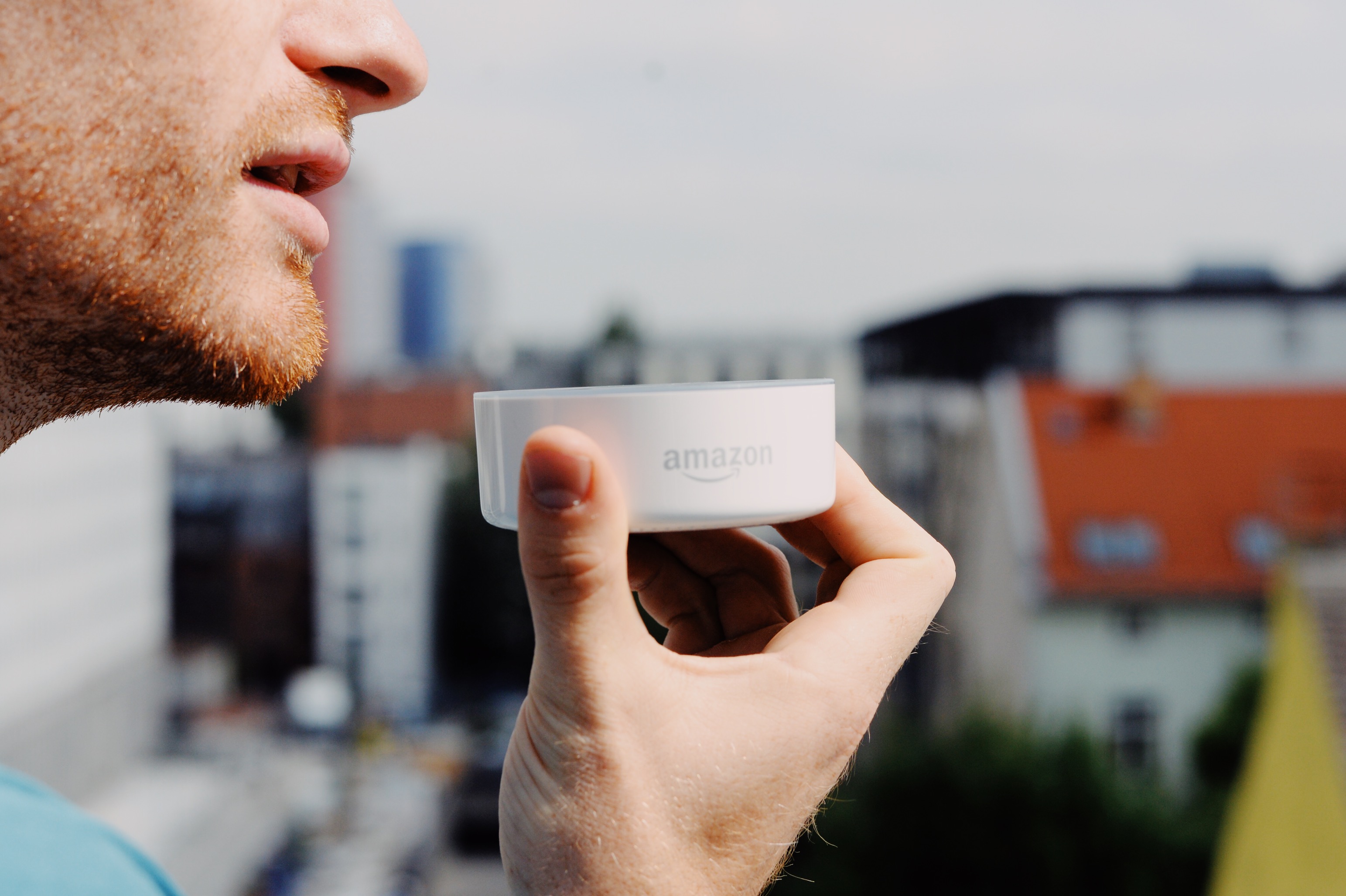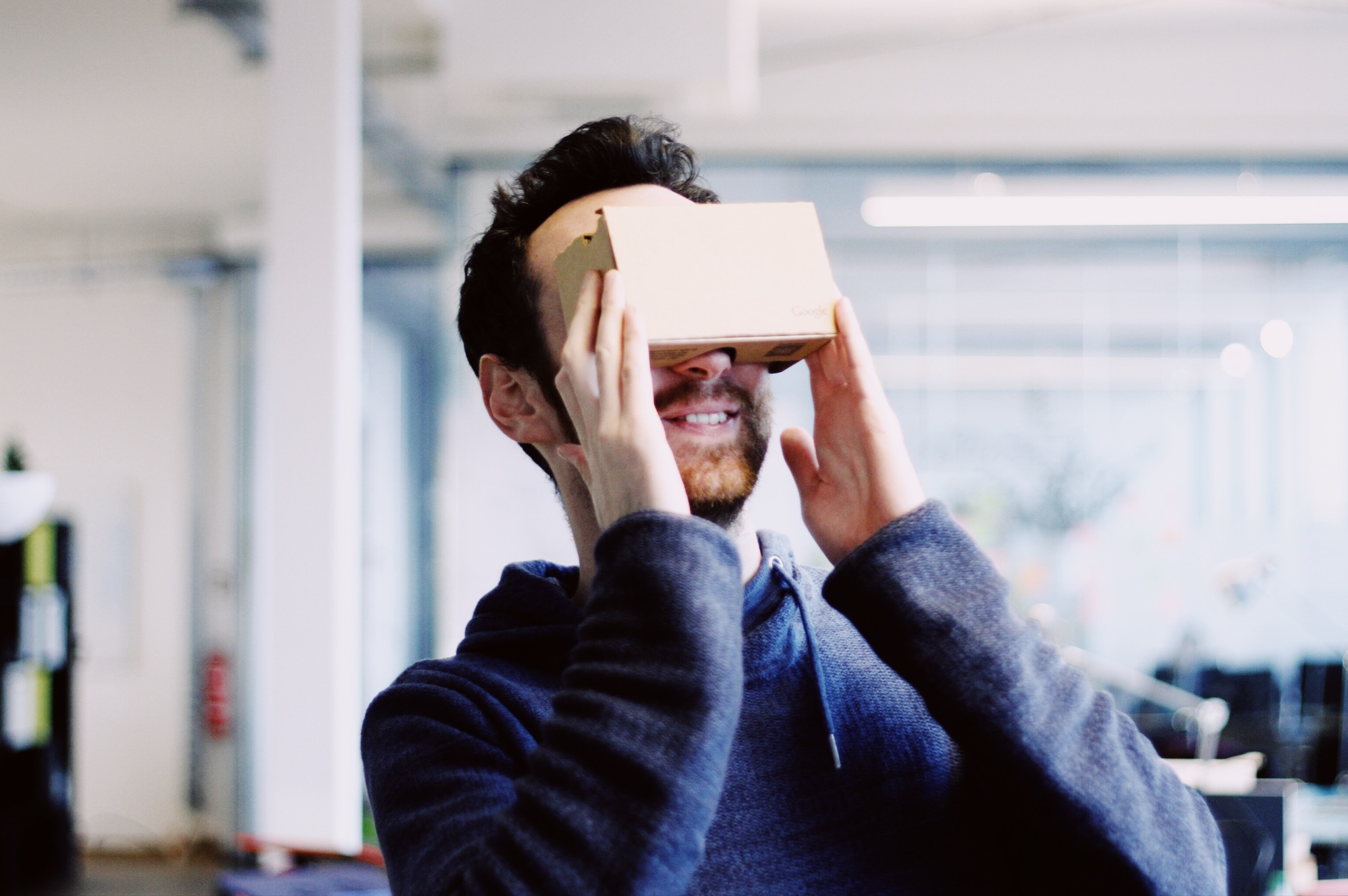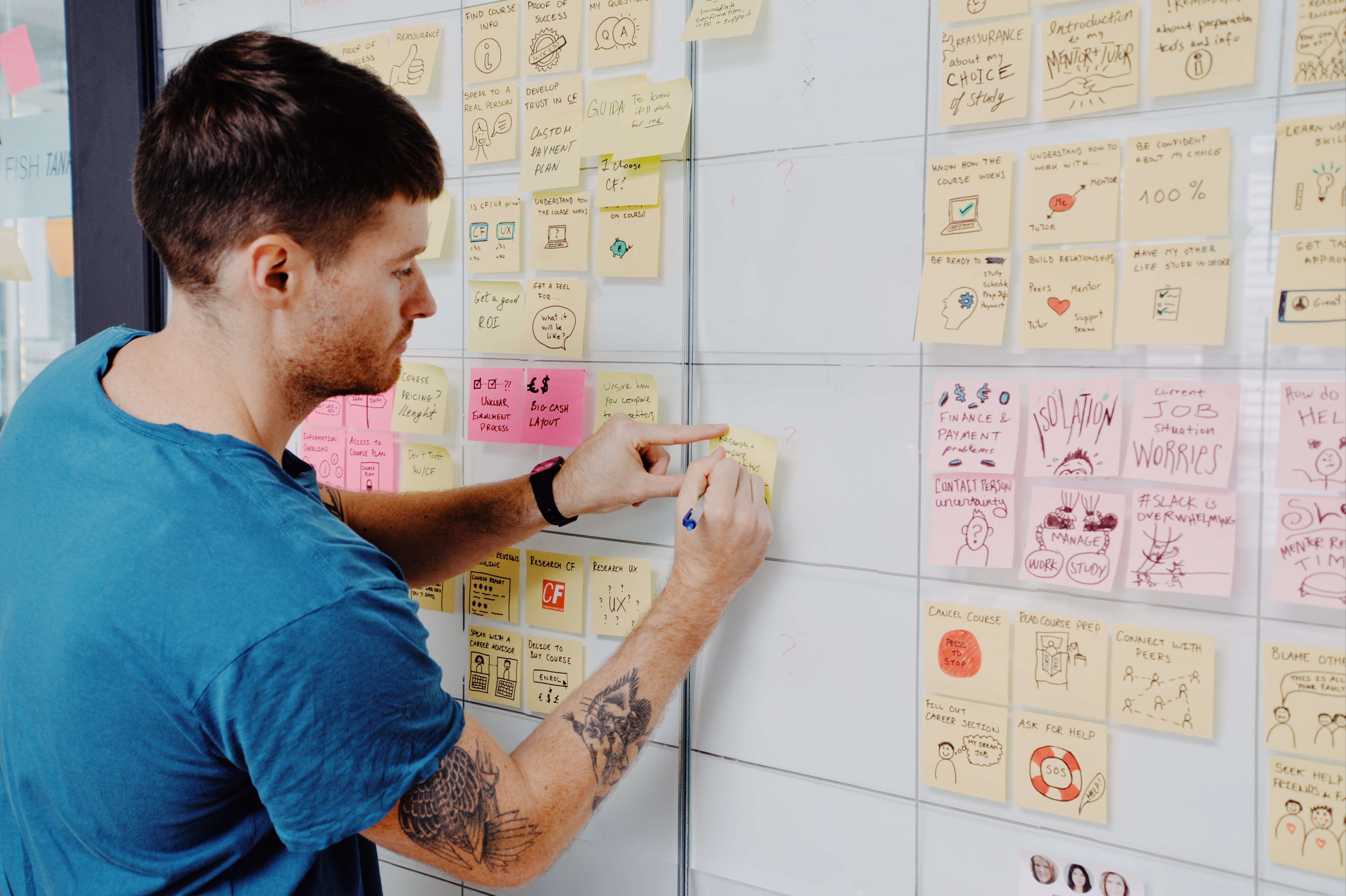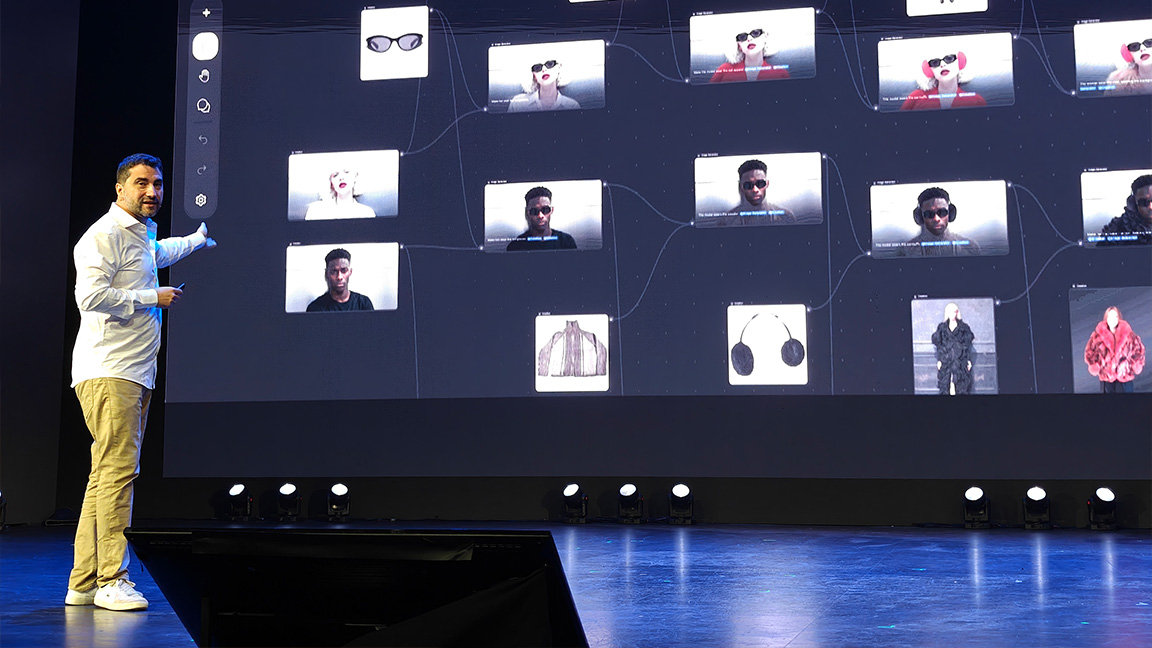The 5 biggest UX design trends for 2018
UX is finally getting the recognition it deserves.
2017 was a big year for the tech industry, with voice-first gadgets and virtual reality (VR) among some of the major highlights. This year will be all about usability: taking these technologies and making them accessible and enjoyable for the everyday user. This puts great responsibility in the hands of UX designers, and agility and collaboration will be more important than ever.
What does 2018 hold for UX, and what does this mean for designers? Here are our top five UX trends to look out for this year. Make sure you also check out our predictions for graphic design trends in 2018 and the biggest illustration trends of 2018.
01. The rise of voice-first

Voice well and truly made its mark in 2017, with an estimated 30 million households now owning a voice-first device. Alas, many of these gadgets remain underutilised. The technology is there and we’re willing to buy it, but it doesn’t yet blend into daily life as easily as it should.
In 2018, understanding and designing for voice will be absolutely crucial. By 2022, 55 per cent of all US households will own voice-enabled speakers, so making these as user-friendly as possible will be a priority.
The rise of voice also signals a shift towards 'screenless' design; essentially reducing the number of physical touchpoints between the user and their device. This will give UX designers plenty of room to innovate and experiment, but it’s not without its challenges. The big question in 2018 will be how to make voice-first and screenless design as comfortable for the mainstream as possible.
Read our 8 tips for designing voice interfaces article for help.
02. Virtual reality for the masses

Another phenomenon on the cusp of mass adoption is virtual reality. The VR web cogs have long been turning, but VR is still more of a novelty than the norm. However, this could all be about to change. The global virtual reality market is expected to be worth 26.89 billion USD by 2022, compared to 2.02 billion in 2016.
Daily design news, reviews, how-tos and more, as picked by the editors.
More and more, VR will slip into our everyday lives. From entertainment to retail to the medical sector, immersive technology will transform the user experience in a big way. VR will no longer be a futuristic wonder; rather, the user will come to expect it.
But there’s a catch. Virtual reality can only work its way into the mainstream with the help of great UX. This places huge responsibility in the hands of UX designers – not to mention a steep learning curve.
In 2018, designers will need to master the art of creating more convincing user experiences than ever before. From building realistic VR environments to making user-friendly headsets, VR will transform almost every part of the design process. This year, UXers must prepare to develop innovative approaches, learn new patterns, frameworks and techniques and, above all, to adapt quickly.
Read our guide to the VR web to start you off, plus check out the best VR podcasts and 5 ways to create more immersive VR experiences for more inspiration.
03. Collaboration is king

For many design teams, voice-first and VR is uncharted territory. Not only do UX designers need to adopt new approaches; they also need to effectively communicate these to developers. When it comes to navigating this fast-evolving landscape, teamwork is more important than ever.
In particular, designers and developers will need to pull together to make sure this new wave of technologies is ready for mass adoption.
For UXers, this means making sure your skill set is up to the challenge. Communication and agility will be absolutely key... but this has long been true of UX. 2018 will bring with it a greater need to understand the developer’s work. Designers who are comfortable with code will be the driving force behind innovations in UX, and learning frontend development skills may be the key to smoother collaboration.
Read How to ensure a successful collaboration and How to bridge the gap between design and development for useful tips.
04. UX reaches the boardroom

The good news for UX designers is that user experience is finally getting the recognition it deserves. An all-too-common UX problem is a lack of internal understanding. Designers want to create the best possible user experience, but aren’t always able to convince management teams of how important this is.
In reality, of course, UX is pivotal: over the last 10 years alone, design-driven businesses have outperformed the stock market by 228 per cent. At last, more and more brands are catching on. Here at CareerFoundry, we have been approached by several CEOs of multinational brands to train their entire management team on UX.
This demonstrates a notable shift in attitude that will only continue throughout 2018. UX will no longer be a topic reserved for web designers; it will be acknowledged as one of the most crucial branding elements, and thus made a priority for the business as a whole.
05. Tools for all

As UX increasingly becomes a team effort, one of the biggest challenges for businesses in 2018 will be maintaining efficient workflows. Project management tools and internal communication platforms will play an even bigger role this year. Likewise, we can expect to see much more focus on collaborative, cloud-based tools.
Closer collaboration between designers and developers may also give rise to a new generation of tools. We will start to see more and more programs that are not solely for designers or developers, but rather have been created to help the two converge.
Read more:

